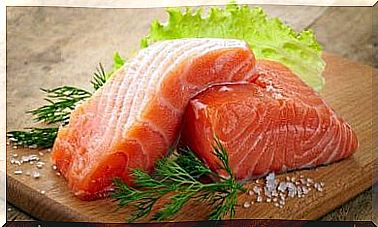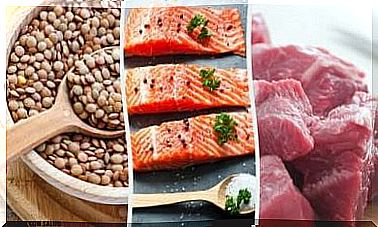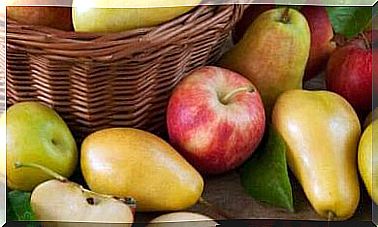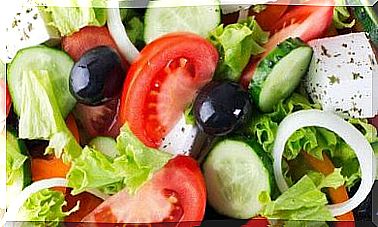3 Fermented Foods That Cannot Be Missing In Your Diet
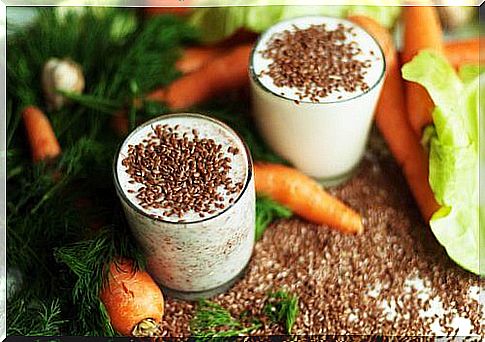
Fermented foods have a very ancient tradition in many countries where they are consumed as an accompaniment to dishes that are difficult to digest, such as boiled meat. On top of that, they are great for our gut flora and our overall health.
In this article we present the three fermented foods that you can prepare at home, as they cannot be missing in your diet: pineapple, cabbage and milk.
What are the benefits of fermented foods?
Fermented foods are alive, i.e. they contain microorganisms that favor and repopulate the intestinal bacterial flora.
The health benefits offered by these foods are as follows:
- They improve digestion.
- They deflate the belly.
- They regulate intestinal transit.
- They improve the assimilation of nutrients offered by foods and prevent nutritional deficits.
- Defenses increase thanks to the relationship between the intestine and the immune system.
It is important to eat fermented foods frequently, as there are several factors that damage the intestinal flora such as, for example, certain digestive disorders, stress or antibiotics.
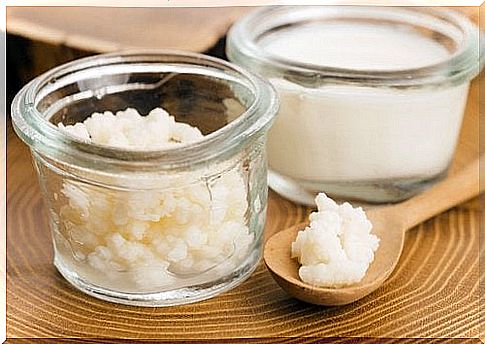
1. Drink made from pineapple peel
The fermented drink based on pineapple peel offers a great advantage: using a part of this fruit that we usually throw away and which, however, hides very powerful and positive enzymes for our health.
These enzymes activate the fermentation process of this delicious and wonderful drink that features a touch similar to apple cider.
In addition to being good for the intestinal flora, this fermented drink offers us the virtues of pineapple. In this way, we will enjoy the properties of this digestive food that favors the elimination of liquids retained in areas such as legs, stomach or face.
Ingredients
- The peel of a large pineapple, well washed and possibly organic.
- 3 cups of brown sugar (360 g)
- 1 liter of water
Preparation
- First of all, we will cut the pineapple peel into small pieces and place them in an airtight glass container.
- Next, we will add the sugar and water.
- We will close the container and leave it at room temperature for two or three days until the sugar disappears.
- We will filter the drink and store it in the refrigerator.
- We can take it on an empty stomach to enjoy its medicinal properties or at any time of the day to enjoy a very refreshing drink.
Note: Since sugar is consumed during fermentation, we can sweeten the drink with some stevia or honey if we wish.

2. Sauerkraut
Sauerkraut is the famous fermented cabbage and sea salt very popular in some European countries as a condiment for all types of meat and fish stews.
You can also buy ready-made sauerkraut; however, usually it is a product made with alcohol that has not undergone a natural fermentation process that is only obtained with salt.
For this reason, it is much more advisable to prepare it at home.
Ingredients
- One large or two medium sized cabbage, green or purple.
- 3 tablespoons of sea salt (54 g)
- Juniper berries (optional)
Preparation
- We will cut the cabbage very finely or we will grate it and then put it in a glass container.
- As we introduce the cabbage, which we must push well so as to compress it, we will put the salt in the various layers, as well as the juniper berries.
- We will not fill the entire container to the brim, we will have to leave some space as during fermentation the cabbage will release its juice.
If the juice does not exceed the cabbage in 24 hours, we will have to add water with salt.
- Do not close the container hermetically, rather cover it with a cloth.
- If substances accumulate in the surface of the juice, we will have to remove them.
- After two or three weeks our sauerkraut will be ready.
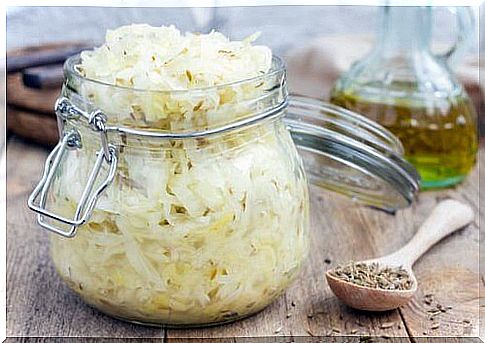
3. Kéfir
Kefir is a fungus through which we can ferment any milk of animal origin, since it feeds on lactose, the sugar present in milk.
We can buy it ready-made or prepare it at home in a very simple way and have kefir ready for use every day.
- We just have to let the kefir grains ferment in milk for a day or two.
- The result will be similar to that of a liquid yogurt with an acid touch, the result of fermentation.
- We can sweeten it with a little honey and accompany it with fresh or dried fruit.
